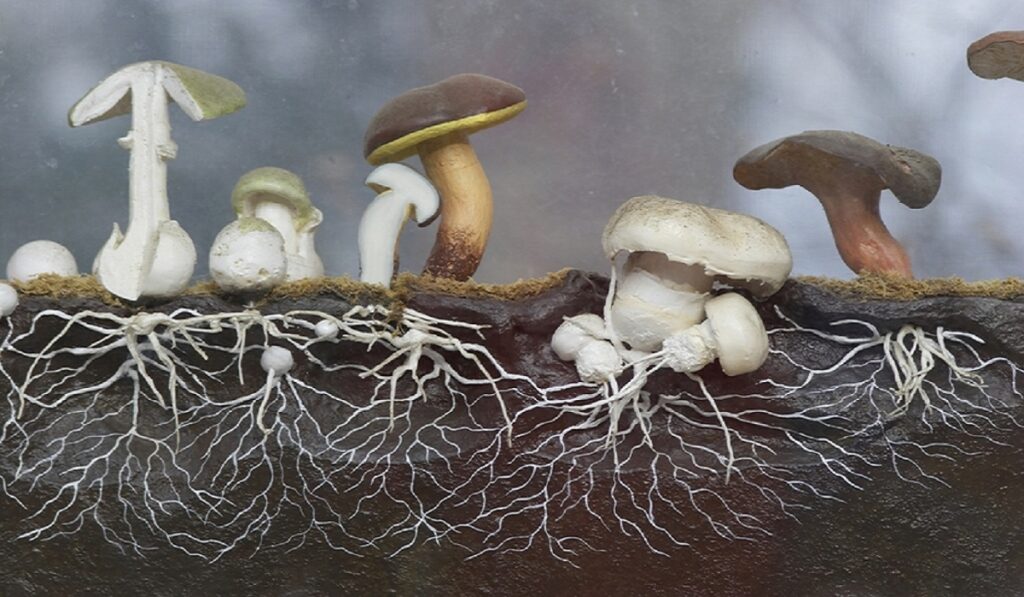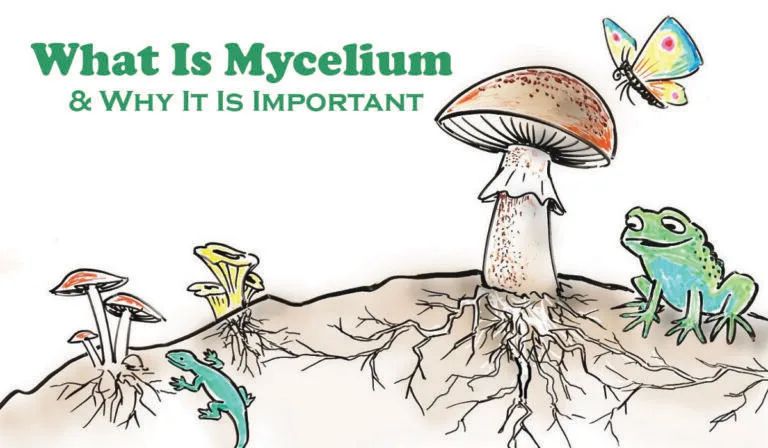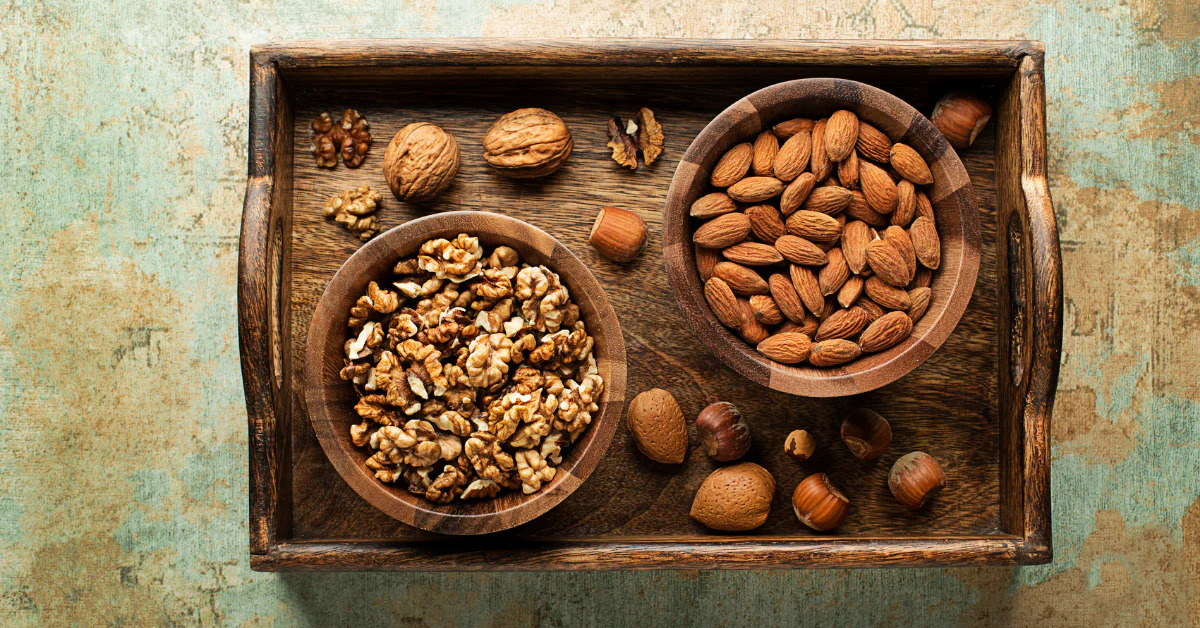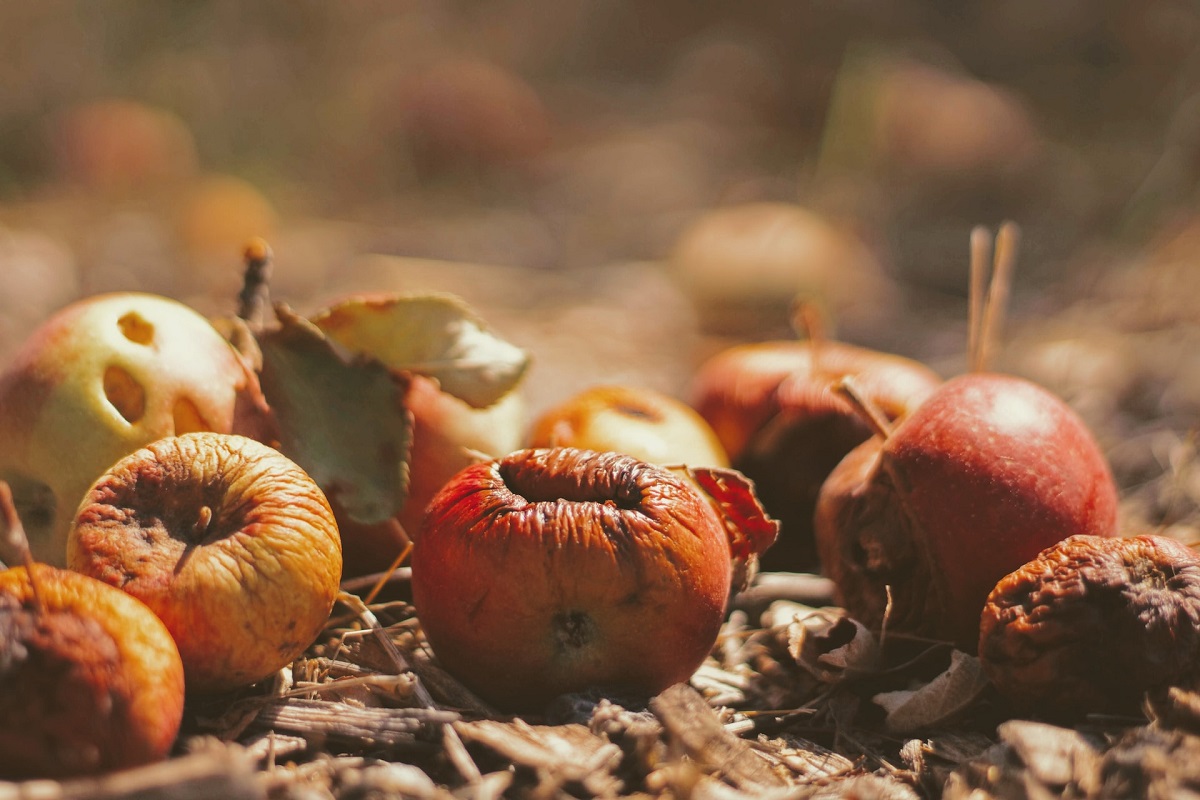What Is Mycelium And Why It Is Important – Tech Foodie
When you think of fungi, the first thing that comes to mind is probably a mushroom. But there is much more about fungi that you may not know. It is everywhere, in the soil beneath our feet and inside animals and plants. Beneath the visible reproductive structures of mushrooms, truffles, or crusts, a concealed component of the fungus known as mycelium exists. Mushrooms are considered a superfood, but they did not have enough importance in the past; now, they are getting their due. Research has shown several health benefits of mushrooms, especially for immune support.
With the increase in the use of mushrooms as a superfood, you may see an increase in products in the market. However, an essential part of the mushroom gets left behind: the mycelium. It is good to choose a product containing the functional mushroom’s whole lifecycle- the mycelium and cultured substrate.
Here in this article, we are going to describe what is mycelium, what its benefits are, and how you can find products that contain mycelium.
What Is Mycelium?

When we think of a mushroom, we often imagine only the part that pops above the ground. However, there is so much more to it! The underground world of a mushroom is where it’s true power lies. Let’s explore it further:
1. Fruiting Body
The visible part of the mushroom we recognize is called the fruiting body. It’s like the tip of the iceberg, showcasing the reproductive capabilities of the fungus. But beneath the surface, hidden from view, is where the real magic happens: the mycelium.
2. Mycelium
The mycelium is like the root system of the mushroom. It consists of a network of tiny, thread-like filaments called hyphae. These delicate strands spread through the soil, plant matter, wood, or other materials, acting as a lifeline for the fungus. They seek water and nutrients like tiny explorers venturing into the unknown.
The mycelium secretes enzymes to access these precious resources. These enzymes have a special talent for breaking down the surrounding substrate. The mycelium works its magic, whether a fallen log in the forest, organic oats or rice used in cultivation, or plant matter on the forest floor. It breaks everything down into easily digestible pieces, allowing it to absorb the nutrients through its cell walls.
Once the mycelium has collected these bite-sized nutrients, it transports them to the fruiting body. Think of it as a trade: the mycelium offers the sugars produced through photosynthesis, and in return, it receives the essential nutrients it needs to thrive. It’s a harmonious partnership within the fungus, ensuring its survival and growth.
So, the next time you come across a mushroom, remember that what you see is just a small part of a larger, intricate organism. Below the surface, the mycelium silently works its magic, connecting the mushroom to the vast world around it.
What Role Does Mycelium Play In Mushroom's Lifecycle?
The mycelium is vital in the mushroom’s lifecycle with its long and microscopic fibers. Mushrooms, as we know them, would not exist without the mycelium. It forms an intricate underground network beyond simply nourishing the visible mushrooms above the surface.
It may sound like something out of a captivating science-fiction story, but research has revealed a fascinating aspect of mycelium’s existence. It serves as a communication network, establishing connections with other plants and engaging in symbiotic relationships. This interconnected web facilitates the exchange of nutrients and sugars throughout the forest, creating a remarkable synergy.
This extraordinary interconnectivity has earned the name “wood wide Web.” It goes beyond supporting the well-being of mushrooms alone; it plays a crucial role in maintaining the health and balance of the entire ecosystem. The mycelium acts as a hidden thread, weaving together plants, trees, and organisms in a complex tapestry of life.
This concept highlights the awe-inspiring harmony and interdependence that exists within nature. The mycelium’s remarkable abilities remind us of the intricate connections that sustain our forests and contribute to the well-being of countless species. It’s a beautiful reminder of the hidden wonders beneath the surface, shaping our world in ways we are only beginning to comprehend.
Why Is Mycelium Important?
The distribution of resources throughout the forest is undoubtedly a crucial role of mycelium. However, its benefits extend beyond that. Recent research has uncovered additional advantages associated with mycelial networks.
1. Reduce Competition From Invasive Species
One significant finding is that mycelium can help reduce competition from invasive species. By establishing a network of connections, the mycelium creates a complex web that inhibits the growth and spread of invasive organisms. It acts as a natural defense mechanism, maintaining the balance of the ecosystem.
2. Beneficial For the Immune system
Mycelium supports the immune system of its host plant by producing bioactive compounds unique to the mycelium itself. As the mycelium encounters challenges in its surroundings, it develops enzymes and metabolites that offer protection against potential threats like pathogens. These compounds safeguard mycelium and the mushroom and enhance the overall medicinal and nutritional value.
3. High Ratio Of Beta-glucans
This knowledge has significant implications for our utilization of these mushrooms. Many available products in the market focus primarily on the high ratio of beta-glucans for immunomodulation, an essential component of the mushroom’s fruiting body. However, comprehensive research suggests that incorporating whole-food functional mushrooms containing mycelium provides a more profound and long-term impact on various aspects of health.
By embracing the full spectrum of benefits found in whole-food mushrooms, we tap into the rich potential of mycelium. It acts as a defense mechanism, enabling the mushroom to thrive and, in turn, supports the functionality of our immune system when we include these mushrooms in our diet.
Understanding the intricate relationship between mycelium, mushrooms, and their therapeutic properties opens up new avenues for harnessing the holistic benefits of these remarkable organisms.
Why Should You Consume Mushroom Superfoods?
The benefits of mushroom superfoods extend well beyond the beta-glucans they are commonly known for. These remarkable fungi consist of a diverse range of complex polysaccharides, polyphenols, vitamins, minerals, prebiotics, and digestive enzymes within their mycelium. These components are crucial in how functional mushrooms interact with our systems. Just as mycelium contributes to the health of the ecosystems they inhabit, they also significantly impact our well-being.
Companies producing Mushroom Superfoods take great care in cultivating their mushroom species. They utilize a certified organic and gluten-free whole oats substrate to provide an ideal environment for the mushrooms to thrive. As the mushrooms grow, they become nutritional powerhouses enriched with a wealth of bioactive nutrients.
Mushroom Superfoods are not just a source of beta-glucans; they offer a holistic blend of essential components that interact synergistically with our bodies. These mushrooms testify to the remarkable interplay between nature and our well-being.
When you choose mushroom Superfoods, you must know that you are selecting a product beyond basic nutrition. It is a nutrient-dense, full-spectrum offering that harnesses the power of mushrooms to support your overall health and vitality.
Conclusion
Concept of what is mycelium is the hidden powerhouse behind mushrooms, playing a crucial role in their lifecycle and the overall health of ecosystems. It forms an intricate thread network that extracts nutrients from the environment and facilitates communication between plants and organisms. Mycelium’s significance extends beyond resource distribution; it aids in reducing competition from invasive species and supports the immune system of its host plant. Understanding the importance of mycelium opens up new possibilities for harnessing the holistic benefits of mushrooms.
When it comes to consuming mushroom superfoods, it is essential to choose products that incorporate the entire lifecycle of the functional mushroom, including mycelium. These products offer a rich blend of bioactive nutrients, complex polysaccharides, vitamins, minerals, and prebiotics. By opting for whole-food mushrooms, we tap into their comprehensive benefits and enhance our overall well-being. So, embrace the power of mycelium and explore the world of mushroom superfoods to unlock their remarkable potential for everyday health and wellness.
Read More about: What Food Is Eaten By Astronauts In Space



